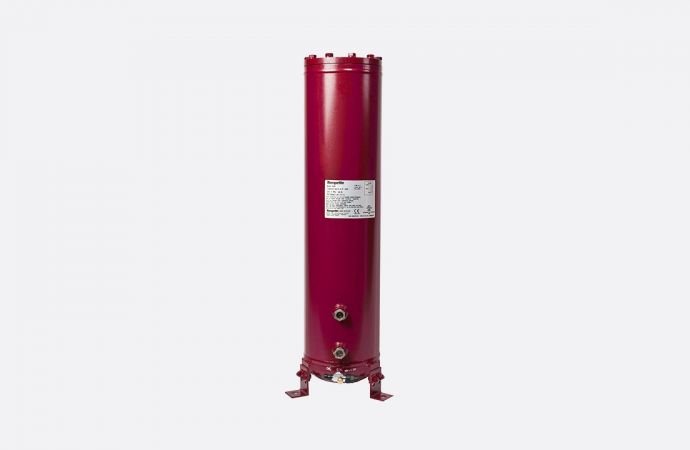The document aims to minimize accidental opening of manual hand valves in ammonia refrigeration systems.

The International Institute of Ammonia Refrigeration (IIAR) has published a set of recommendations aiming to prevent accidental opening of manual hand valves in ammonia (R717) refrigeration systems as part of an energy control plan.
The first edition of the recommendations – Guideline for Developing an Energy Control Plan for Manual Hand Valves in Ammonia Refrigeration Systems – can be acquired by IIAR members for US$150, and by non-members for US$300.
The control of manual hand valves falls under the control of hazardous energy, commonly called a Lockout/Tagout (LOTO) Program. This protects workers from injury or death due to the unintended start up or release of stored energy while they are performing maintenance and repair on machines, processes, and systems, according to the University of Iowa’s Environmental Health and Safety Website.
The hazardous energy may be electrical, hydraulic, pneumatic, mechanical, chemical, thermal or other sources. “Following proper LOTO practices and procedures safeguard workers from hazardous energy releases,” adds the Universty of Iowa website.
Since the U.S. Occupational Health and Safety Administration (OSHA) in 1989 enacted Control of Hazardous Energy (Lockout/Tagout) legislation, many industries have implemented LOTO energy control programs. But these have most often focused on hazardous electrical and mechanical energy; the HVAC&R industry has lacked clarity in regard to the accidental opening of manual hand valves, which has been a contributing cause in many ammonia leaks, according to IIAR.
The new guidelines are meant to “fill a gap in the industry,” and provide owners and operators of manual R717 hand valves with best practice advice on how to apply energy control plans.
IIAR is an industry association offering advocacy, education and standards promoting safe and sustainable use of R717 and other natural refrigerant systems.
Related stories



